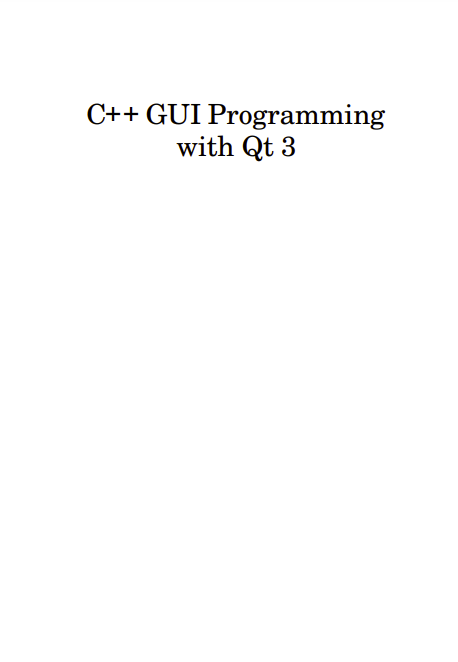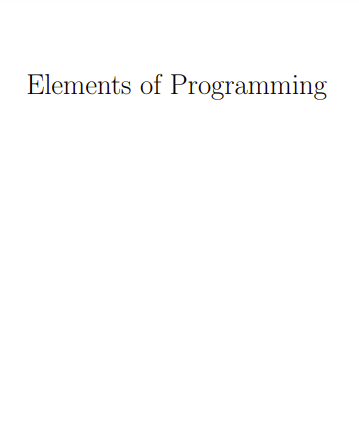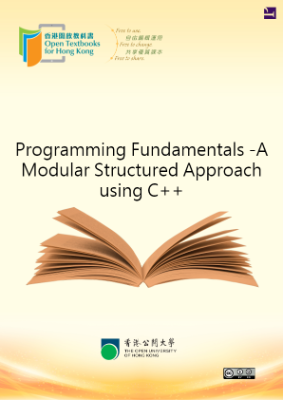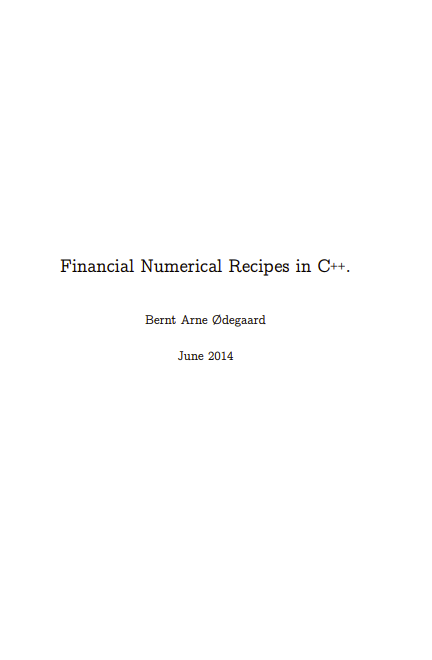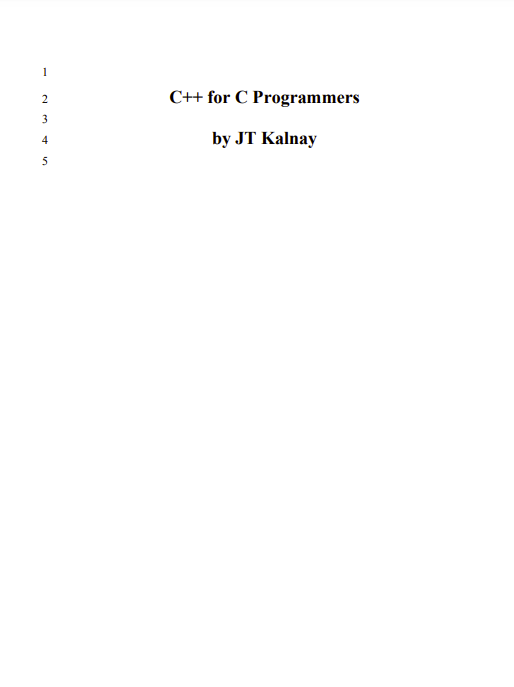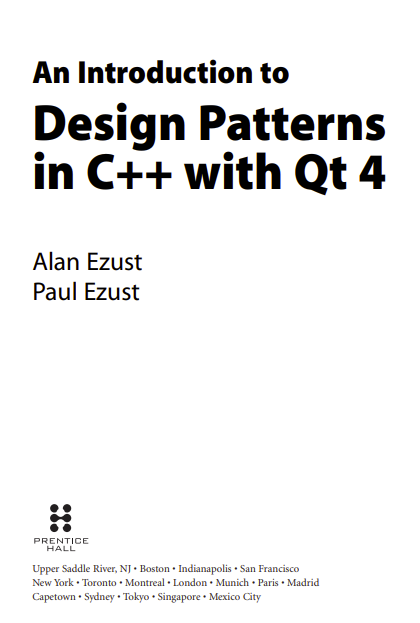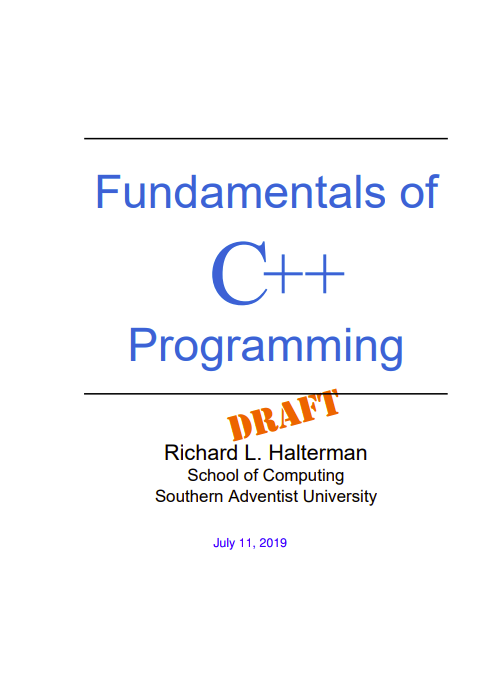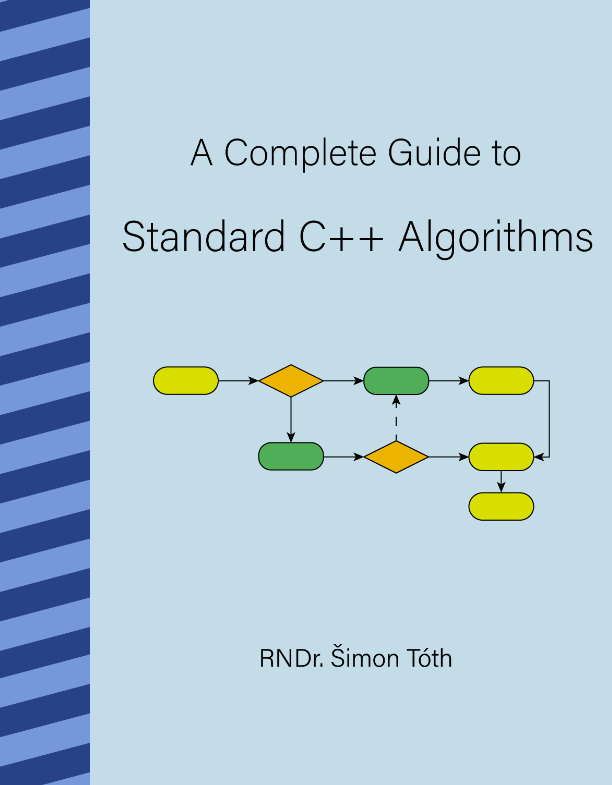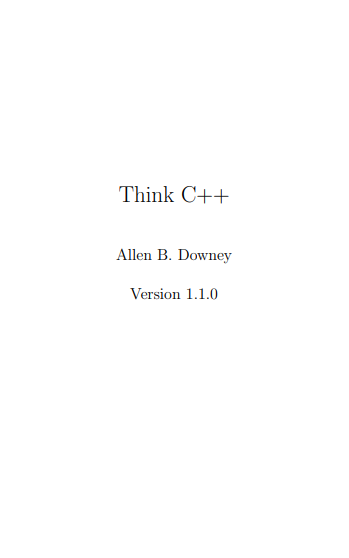The Qt toolkit is a C++ class library and a set of tools for building multiplatform GUI programs using a “write once, compile anywhere” approach. Qt lets programmers use a single source tree for applications that will run on Windows 95 to XP, Mac OS X, Linux, Solaris, HP-UX, and many other versions of Unix with X11. A version of Qt is also available for Embedded Linux, with the same API.
The purpose of this book is to teach you how to write GUI programs using Qt 3. The book starts with “Hello Qt” and quickly moves on to more advanced topics, such as creating custom widgets and providing drag and drop. The text is complemented by a CD that contains the source code of the example programs. The CD also provides Qt and Borland C++ for Windows, Qt for Unix, and Qt for Mac OS X. Appendix A explains how to install the software.
The book focuses on explaining good idiomatic Qt 3 programming techniques rather than simply rehashing or summarizing Qt’s extensive online documentation. And because we are involved in the development of Qt 4, we have tried to ensure that most of what we teach here will still be valid and sensible for Qt 4.
It is assumed that you have a basic knowledge of C++. The code examples use a subset of C++, avoiding many C++ features that are rarely needed when programming Qt. In the few places where a more advanced C++ construct is unavoidable, it is explained as it is used.
Qt made its reputation as a multiplatform toolkit, but because of its intuitive and powerful API, many organizations use Qt for single-platform development. Adobe Photoshop Album is just one example of a mass-market Windows application written in Qt. Many sophisticated software systems in vertical markets, such as 3D animation tools, digital film processing, electronic design automation (for chip design), oil and gas exploration, financial services, and medical imaging, are built with Qt. If you are making a living with a successful Windows product written in Qt, you can easily create new markets in the Mac OS X and Linux worlds simply by recompiling.
Qt is available under various licenses. If you want to build commercial applications, you must buy a commercial license; if you want to build open source programs,you can use a non-commercial Qt edition. (The editions of Qt on the CD are non-commercial.) Qt is the foundation on which the K Desktop Environment (KDE) and the many open source applications that go with it are built.
